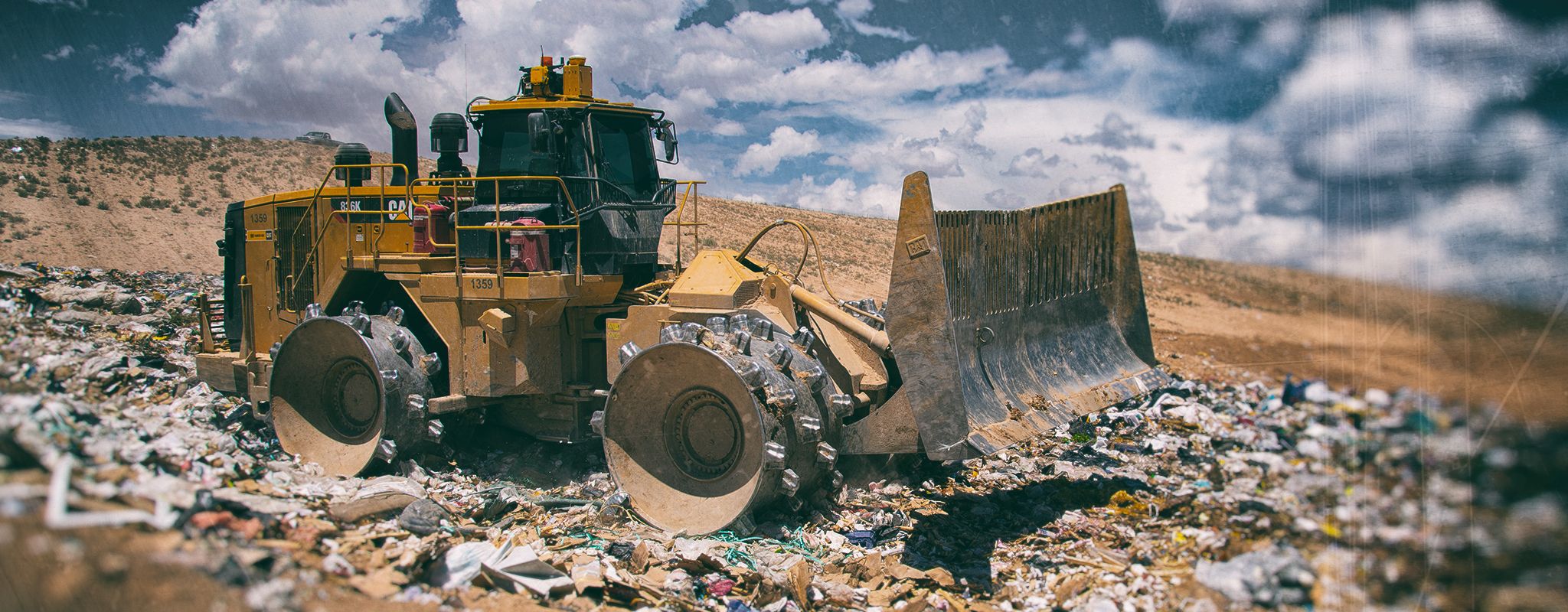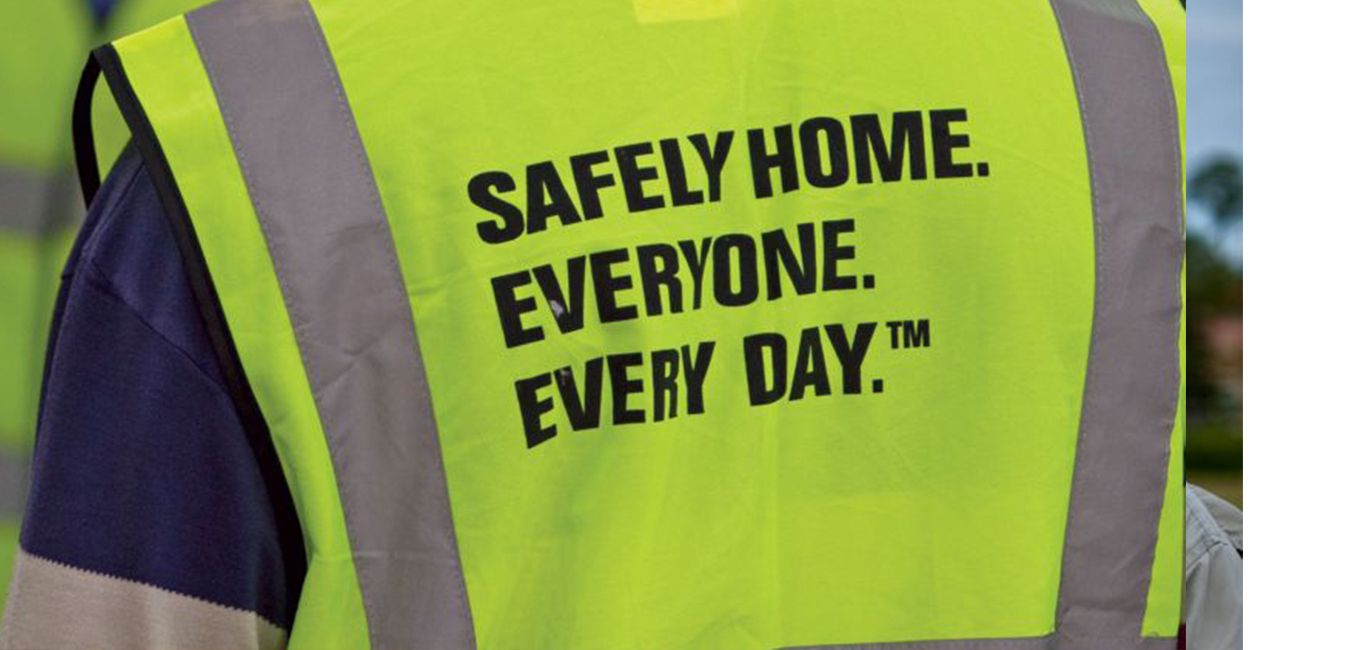

Sign In
Welcome! Sign In to personalize your Cat.com experience
If you already have an existing account with another Cat App, you can use the same account to sign in here
Register Now
One Account. All of Cat.
Your Caterpillar account is the single account you use to log in to select services and applications we offer. Shop for parts and machines online, manage your fleet, go mobile, and more.
Account Information
Site Settings
Security
6 Best Practices for Landfills
EXPERT TIPS FOR WORKING MORE SAFELY, PRODUCTIVELY & PROFITABLY
You know your landfill better than anyone. But sometimes a second set of eyes can give you a new perspective on the best way to handle daily tasks. For the last 20-plus years, Caterpillar waste expert Tom Griffith has measured performance and identified best practices at landfills across the country. Read on for his top six tips to improve safety, increase density, boost production and lower costs.
1. Establish a safety culture, not just a program.
Landfills are inherently risky environments, and that means safety must be your top priority. Don’t try to get away with giving it lip service or creating a “check-the-box” program. Instead, create and sustain a culture of safety excellence by measuring and managing the right activities, recognizing workers for what they do right and ensuring all levels of the organization are involved and engaged. It’s also critical that your top leadership demonstrates a visible commitment to safety.
2. Keep working distances short.
Lengthy working distances lead to inefficiencies — negatively affecting safety, density, fuel use and machine wear. Say an improperly cleaned floor adds 25 feet of push distance to a dozer, keeping inbound from backing up to the working face. That could decrease your production by as much as 16%. Always aim to keep working distances short enough for maximum production, without jeopardizing safety or your ability to layer and compact the waste.
3. Think thin when it comes to layers with MSW.
Nothing robs you of airspace and density more quickly than improper layer height, particularly with municipal solid waste (MSW). Add too much MSW to a layer and density diminishes rapidly, no matter what size or make of compactor you use. In fact, going from a one-foot layer of MSW to a four-foot layer of MSW — both with four passes — you could lose up to 1,000 pounds per cubic yard of density. Fuel consumption also goes up 10-15% as layers get thicker. Thin layers are best.
4. Apply some logic to your patterns.
Though waste experts agree three to five passes deliver the best density, most landfills average just one or two maximum. The discrepancy is often caused by inefficient patterns. It’s best to layer and compact in a logical sequence — from left to right or right to left. Because inbound haul vehicles don’t always adhere to that logic, dozer and compactor operators must plan and communicate so they cover the entire area without over- or under-compacting the material or layering it too thick. Maintaining efficient patterns can increase density anywhere from 50 to 200 pounds per cubic yard.
5. Take time to prep for tomorrow.
What does your working face look like at the end of the day? Is it flat and level, or does it look like a meteor strike? If it’s the latter, think about what that’s costing you when you open the face the next morning. Tracking in or running 45-degree passes at the end of the day knits and blends the working face materials together, resulting in less voids and a harder surface. That makes it easier to cover, easier to close and easier to open the following day — all of which saves you time and money.
6. Plan for peaks.
Most landfills experience two or three peak times each day — when about 60-70% of total tonnage arrives. Aside from the early morning rush, most peaks coincide with breaks, lunches, fueling or cleaning, leaving the working face under-machined and under-manned. To combat this problem, first track your tonnage so you know when peak times occur. Then plan schedules to ensure you have adequate machines and operators available during those times. That may require alternating operators’ lunches and breaks or rethinking fueling and cleaning times. It’s well worth the effort.
Put these best practices to work and you should start seeing the benefits — at the working face and on your bottom line — in no time. You’ll find even more tips in Tom’s full article in the March 2018 edition of Waste Advantage magazine. Questions? Talk to your local Cat® dealer.
RELATED ARTICLES
You’re here to get ideas to grow your business. Read on for machine insights and expert tips and tricks to get more out of every job.
-
Cat Motor Grader Retired after 49 Years of Service
After 49 years of service the city of LaGrange, GA. will retire their Cat Motor Grader.
Learn More -
Public Works Department Procures a Cat Landfill Dozer in Record Time
With a cooperative purchasing contract Cowlitz County got a new machine in record time.
Learn More -
The Fast Track
Piggybacking onto national contract enables county to meet landfill needs.
Learn More -
Step Inside the Industries Best Cab
K Series cab keeps operators coming back for more.
Learn More





